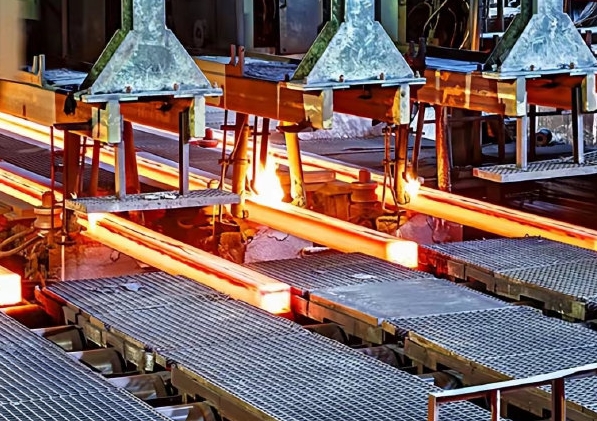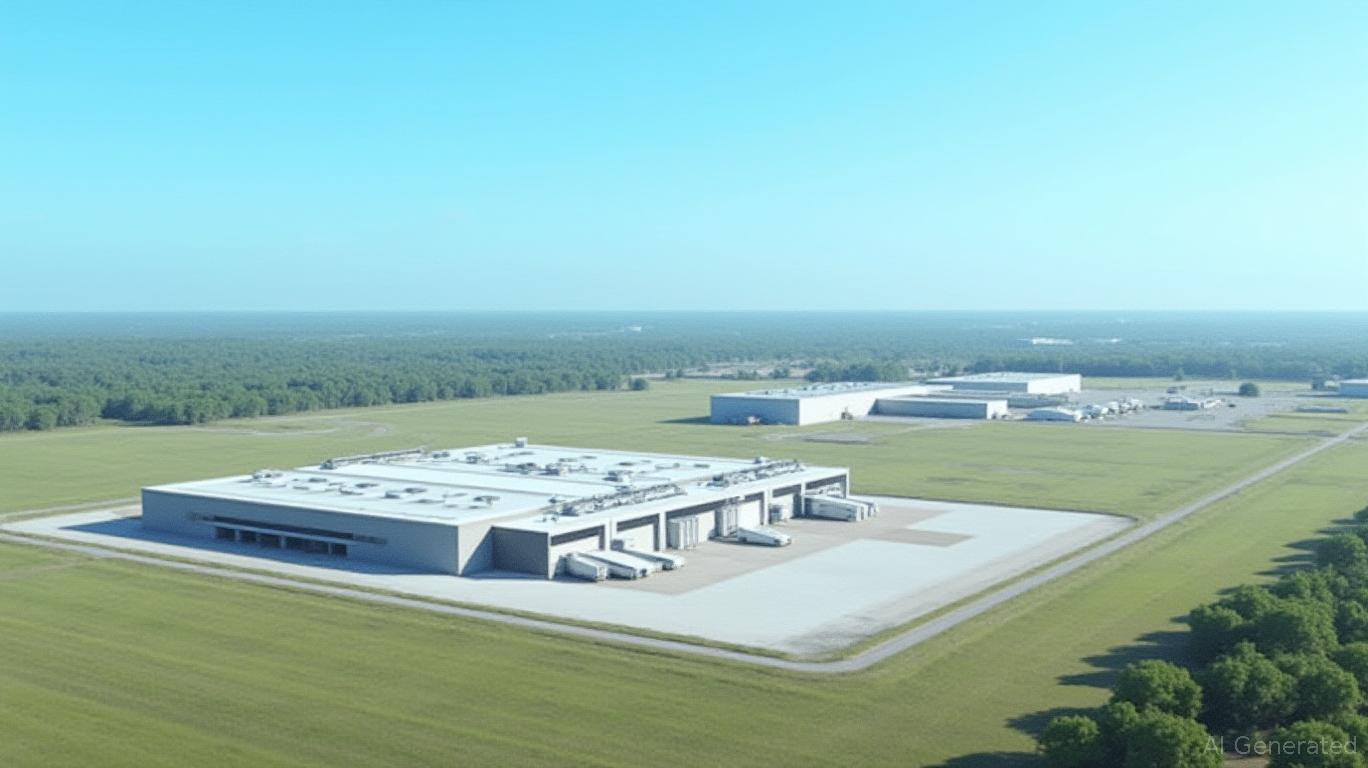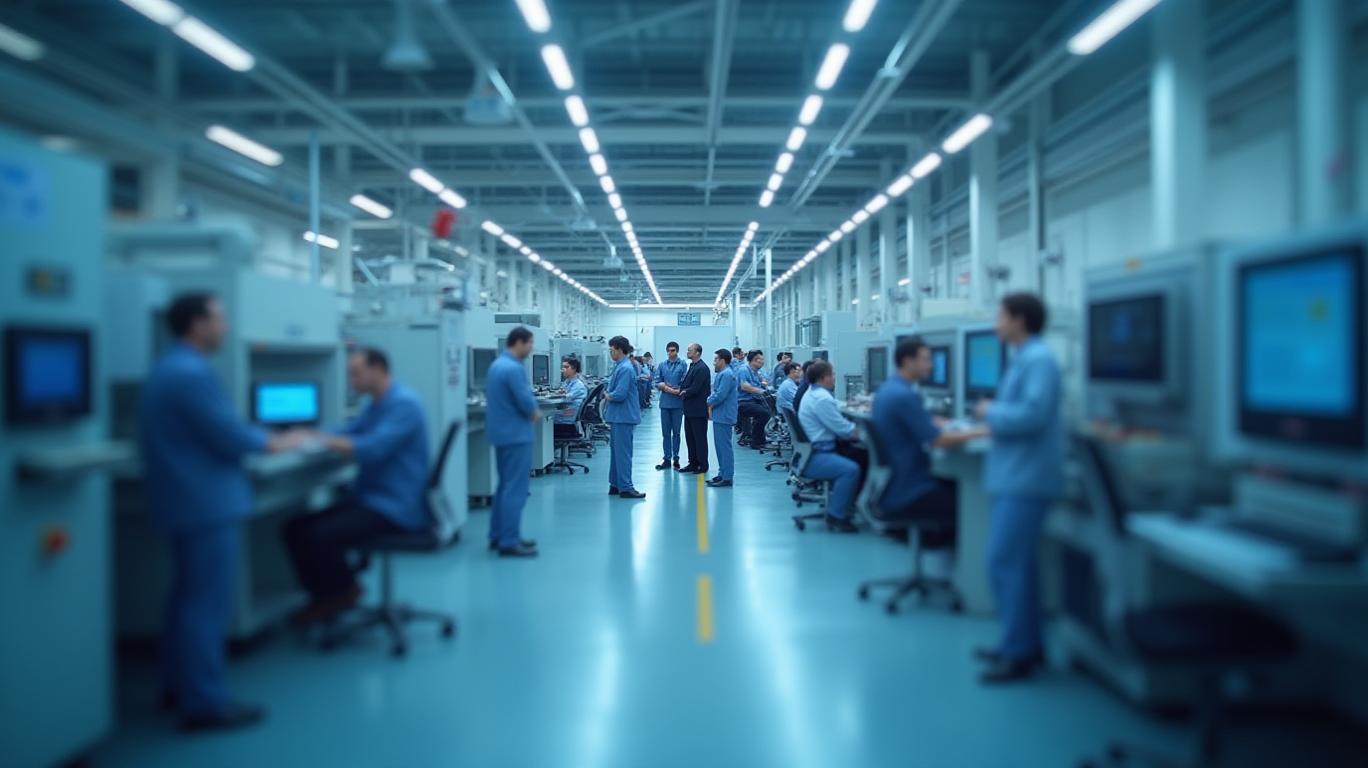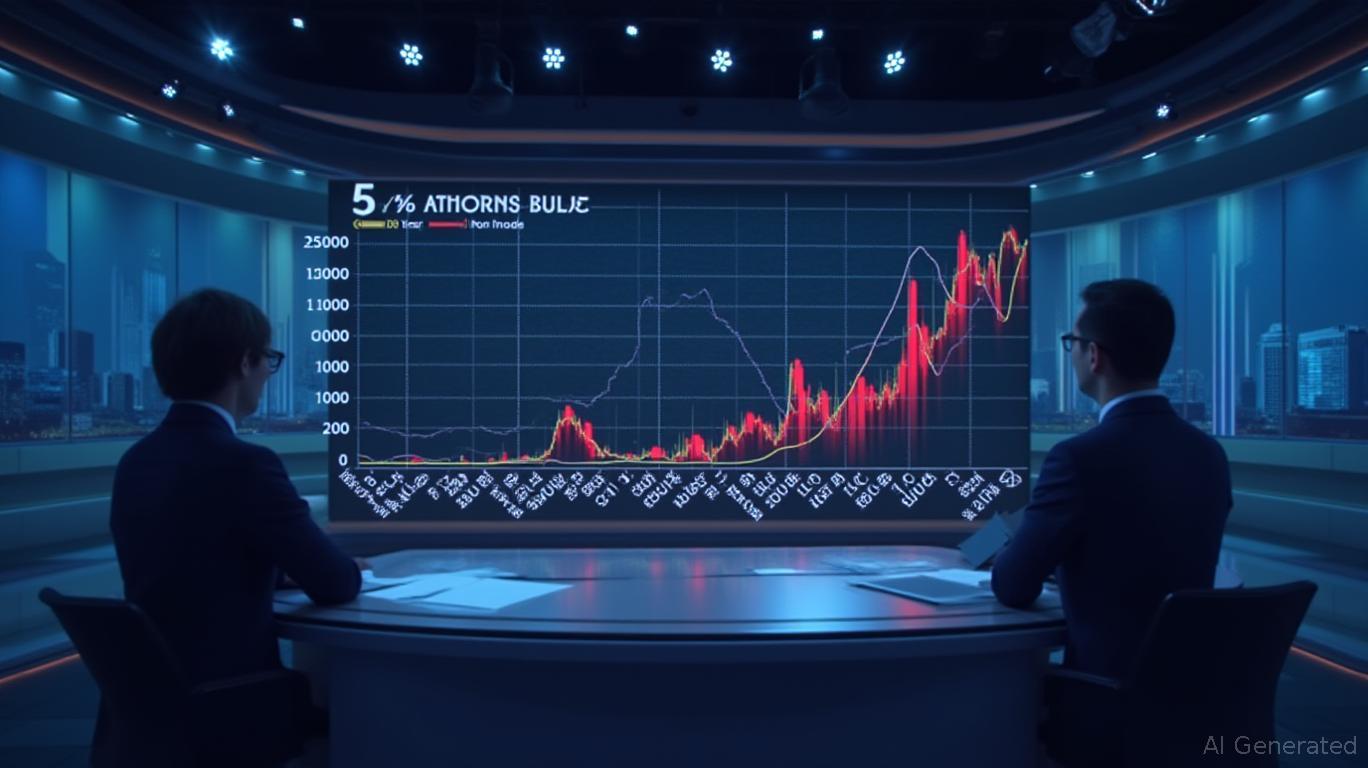Honeywell Navigates Turbulence with Strong Aerospace Growth, but Tariffs Cloud Outlook
Honeywell International (HON) delivered a resilient first-quarter 2025 performance, driven by surging demand for aerospace parts and maintenance services. However, the company’s updated full-year guidance highlights lingering challenges, including supply chain disruptions and the escalating impact of U.S. tariffs on metals and Chinese imports. While its aerospace division thrived amid a global aircraft shortage, the broader macroeconomic backdrop remains uncertain, leaving investors to weigh near-term risks against Honeywell’s long-term strategic moves.
Ask Aime: Honeywell's aerospace surge amid global aircraft shortage, but full-year guidance reflects supply chain and tariff challenges.
The aerospace sector, which now accounts for 42% of Honeywell’s revenue, saw sales jump 14% to $4.17 billion in Q1, fueled by airlines’ reliance on older, maintenance-heavy planes. This trend, exacerbated by delays in new aircraft deliveries, has created a tailwind for Honeywell’s aftermarket services. CEO Vimal Kapur emphasized that the “shortage of new planes is driving record demand for our spare parts and repair services,” a theme that appears sustainable in the near term.

Yet, these gains come amid headwinds. Honeywell narrowed its 2025 revenue guidance to $39.6 billion–$40.5 billion (from $39.6 billion–$40.6 billion) and raised its adjusted EPS target to $10.20–$10.50, up from $10.10–$10.50. The slight reduction in revenue expectations reflects cautious management around global demand and tariffs, which now account for an estimated $100 million in annualized costs. Analysts at Mizuho note that “tariff escalation could further strain margins unless Honeywell can fully pass costs to customers,” a challenge in a sector where pricing power is constrained by thin margins.
The company’s stock, which dipped 12.3% year-to-date as of April 2025, contrasts with the S&P 500 Industrials sector’s 1.7% decline. This underperformance suggests investors are pricing in tariff risks and supply chain uncertainties.
Honeywell’s strategic moves—such as the $2.16 billion acquisition of Sundyne, a critical supplier of engineered pumps and compressors—aim to bolster its Advanced Materials division. Meanwhile, the planned split into three independent businesses (Aerospace, Advanced Materials, and Automation) by late 2026 could unlock value, as each segment operates in distinct, high-growth markets. Kapur argues that “simplifying our structure will allow each business to focus on its customers and innovation cycles,” a move that activist investor Elliott Management has long advocated.
However, the company faces execution risks. The Sundyne deal, finalized in March, adds exposure to energy and industrial markets, which are sensitive to commodity prices. Additionally, the separation process itself could strain operational resources.
On the financial front, Honeywell’s first-quarter operating cash flow of $1.5 billion (up 6% year-over-year) and free cash flow of $1.1 billion underscore its liquidity strength. The company also returned $1.9 billion to shareholders via buybacks, reinforcing its commitment to capital discipline.
Looking ahead, Honeywell’s adjusted EPS growth of 3%–6% for 2025 hinges on its ability to navigate tariffs and supply chain bottlenecks. Management’s focus on margin preservation through its Honeywell Accelerator operating system—a data-driven tool to optimize production and logistics—will be critical. The company’s IoT platform, Honeywell Forge, which monitors energy efficiency and asset performance, also positions it to capitalize on the global push for decarbonization and automation.
In conclusion, Honeywell’s Q1 results and revised guidance reflect a company leveraging its aerospace dominance while cautiously navigating external headwinds. The stock’s underperformance suggests skepticism around tariff mitigation and macroeconomic risks, but the long-term opportunities in automation, aviation, and industrial innovation remain compelling. Investors should monitor Honeywell’s margin trends (segment margin guidance: 23.2%–23.5%) and the execution of its spin-off plan as key indicators of resilience. With a dividend yield of 1.8% and a P/E ratio below its five-year average, Honeywell may offer a balanced risk-reward profile for those willing to bet on its strategic transformation.
The verdict: Honeywell’s aerospace tailwinds and strategic moves position it for recovery, but near-term volatility tied to tariffs and supply chains demands patience. For investors seeking industrial resilience, HON’s diversified portfolio and cash flow stability could prove rewarding—if management can sustain margin discipline in turbulent markets.










